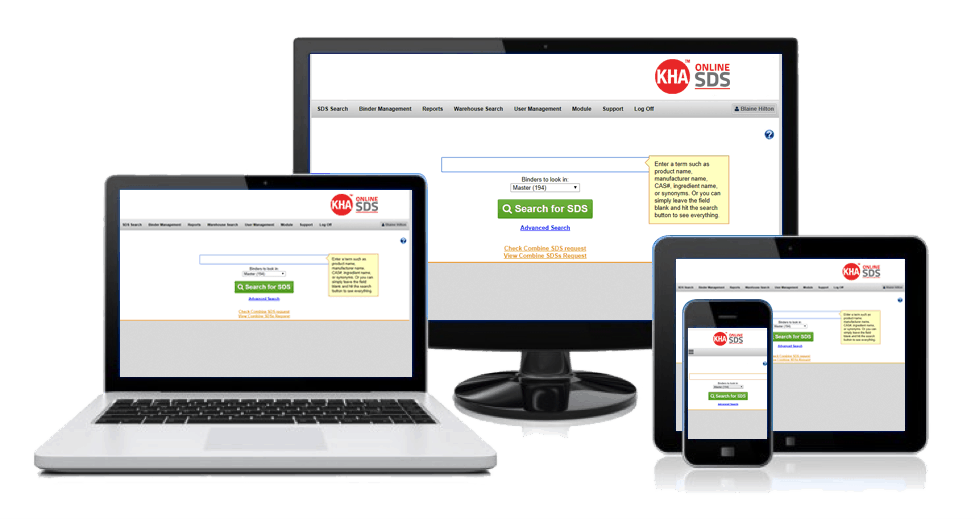Ultimate SDS Guide: Understand All 16 GHS Sections
Managing SDSs is more than a regulatory requirement—it’s a core component of workplace safety and compliance. In this Ultimate SDS Guide, you’ll explore the importance of each of the 16 globally harmonized SDS sections and discover tools and templates to optimize your SDS strategy. From OSHA references to modern mobile workflows, this guide helps safety managers, EHS directors, and compliance teams improve their SDS management systems.
Key Features of This Guide
- Clear explanations of each of the 16 GHS SDS sections
- OSHA and GHS reference points
- Use cases for SDS mobile and offline access
- Downloadable SDS templates and vendor scorecards
- Expert insights from 25+ years in SDS management


Why Choose KHA for SDS Management?
Scan any product’s barcode using your mobile device to instantly pull up the correct SDS.
Automatically generate workplace labels that meet GHS and U.S. DOT standards.
You are safeguarded from Internet failure or power loss. Our Load-N-Go™ backup allows you to store all of your SDS for emergency access off line. Off-line Load-N-Go™ SDS can be stored on a flash drive, laptop, etc. In non-emergency situations, a single-click downloads the most current SDS for future offline access.
Automatically give all employees access to the most up-to-date SDS. We do not limit the number of users on your account.
Your system is web-based; accessible from any connected device including Apple and Android mobile devices. Your system can serve all locations within your company.
Control access by role—limit what users can see or do.
Access your account on your mobile device with our SDS-Mobile app. Available on both Android and Apple platforms, you have access to SDS while on the go. In addition, you can backup SDS to your device for offline access.
Brief Overview of All 16 SDS Sections
Frequently Asked Questions
An SDS is a standardized document that communicates important information about the properties, hazards, handling, storage, and emergency procedures related to a chemical product.
GHS-compliant SDSs include 16 standardized sections as required by OSHA.
Proper SDS management ensures compliance, safety, and efficiency.
SDSs should be reviewed regularly, especially when new hazards or product formulations are identified.
SDS follows the GHS format, while MSDS was used under older standards.
Yes, via Load-N-Go™ and Offline Mode in SDS Mobile™.
Our system auto-updates and flags outdated SDSs for review.
Yes, it includes multi-site support, permissions, and scalability.
Manufacturing, construction, healthcare, energy, and chemicals.
Request a demo or download the SDS Compliance Checklist.

Download the Ultimate SDS Guide
Related Pages on KHA.com
SDS Compliance Checklist:
www.kha.com/sds-compliance-checklist/
Online SDS:
www.kha.com/online-sds/
Hazard Communication Program:
www.kha.com/hazard-communication-program/
SDS Mobile access for Field Teams:
https://www.kha.com/mobile-sds-access/
Offline SDS Access:
https://www.kha.com/offline-sds-access
Ready to experience the KHA difference?
Call us today: 800-274-4995
Our SDS specialists are happy to answer any questions you may have regarding SDS management and compliance.
